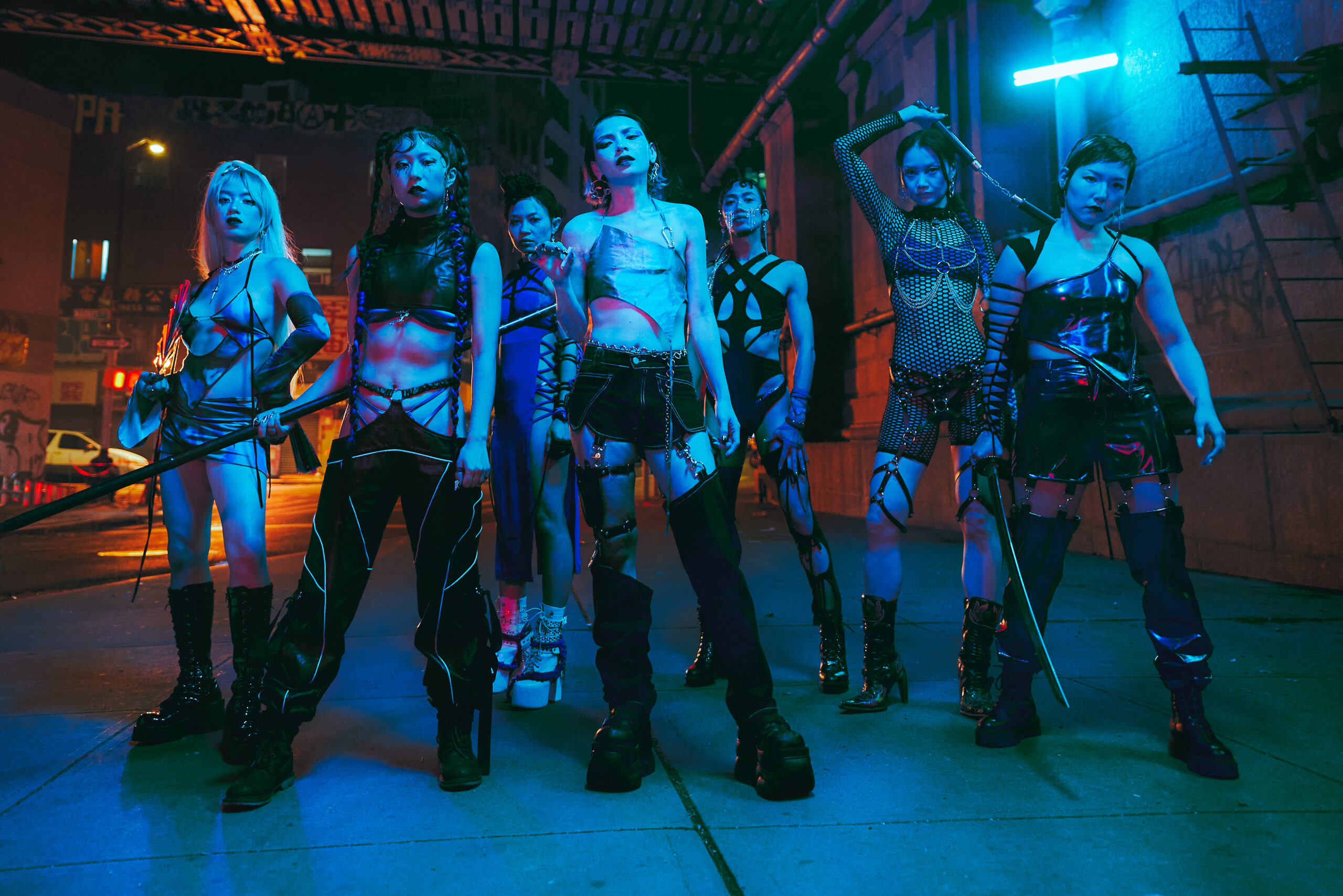DON’T F*CK WITH BA
dir. Sally Tran

As a New Yorker and a young filmmaker, Don’t F*ck with Ba is one of those rare moments when something hits all the way right. Being lovingly familiar with the street location is part of it. Seeing a cast that’s all sexy and vibrant is a kick. The clubby soundtrack lifts you up. But there is so much more to this short, landing somewhere between a thriller and a horror movie.
We know that it’s harder to find a movie that isn’t set in New York than a movie that is. Come to think of it, you’ll realize that most of the films dear to anyone in the global west are filmed here, whether it’s noticeable or not. But Don’t F*ck with Ba is not about that over-saturated Manhattan Gossip-Girl look, where only grandmothers and designer dogs live now. This is about the New York Chinatown of exactly this zeitgeist, sharply hitting the spirit of what’s cool and happening in this rapidly changing, high traffic corner of the world. Very hard to define, and even harder to depict, yet Director Sally Tran somehow did it, and it seems like she had a lot of fun as she pieced together this buzzing work.
The story is simple. A gang of boys thrives on crime, terrorizing the neighborhood while backed up by a corrupt policeman. In an evil spree, the boys murder the grandma of our main girl Thao (Dinh). This crime will have its consequences. As it turns out, the grandma was extremely cool, and taught Thao not only how to smoke cigs but also some mix of martial arts. Extremely beautiful Thao turns to her friend group of no less stunning women (Yuka Taga, Yēn Sen, Akiko Fugiwara, Tran Thi Hgoc An, Tingying Ma, and Benedict Nguyen) who protect and support each other. Most importantly, in this sisterhood each woman is a master of a different lethal art. Together they fight the boy gang, and the result is highly satisfying.
Set in a neighborhood of Asian immigrants, the film does a clever job of representing different communities. The subtitles are color coded, so the English speaking viewer can tell if they are hearing Vietnamese, Korean, Chinese, or Japanese. This is a fundamental feature of the film, which isn’t only a representation of Asian culture in the US but is actually trying to create an illusion that the plot is taking place in an Asian country (for example, the policeman is not wearing an NYPD uniform, rather something that looks more like a Chinese Police uniform, and even though the location is recognizable as Chinatown, there is no English being spoken and the focus is on store signs written in Chinese or Vietnamese).
Lastly, the practical effects. This movie is not made to make you think that any of the wounds, punches, or weapons are real or scary. And that makes it so much more fun to watch. The fight scene was shot in a white cube with light effects that create a visual scene somewhere between an anime movie and a night club. The film as a whole is shot beautifully, heavily relying on saturated lights. This is a campy, joyful puzzle of cinematic conventions that are used in a straightforward manner, leaving space not for illusion as much as the charm of the cast and the script. And really, what more can you want from a short?
Alina Yakirevitch is Russian artist, filmmaker and writer based in New York. She holds an MFA from Hunter College. Her work was shown in Hauser and Wirth Gallery, New York; NADA Fair, New York, and NADA Miami. Recent shows include: Tongue Tied Diver, a solo show at All St Gallery, New York; Frozen, two person show with Anna Sofie Jespersen at All St Gallery, New York; What is and What Should Never Be, two person show with Martine Flör at Neuer Kunstverein Wien in Vienna, Austria; Little Light of Mine, two person show with Craig Jun Li at P.A.D Gallery, New York; Fire Exit, 205 Hudson Gallery, New York; and Swap Meet, P.A.D. Gallery at NADA Flea, New York.
